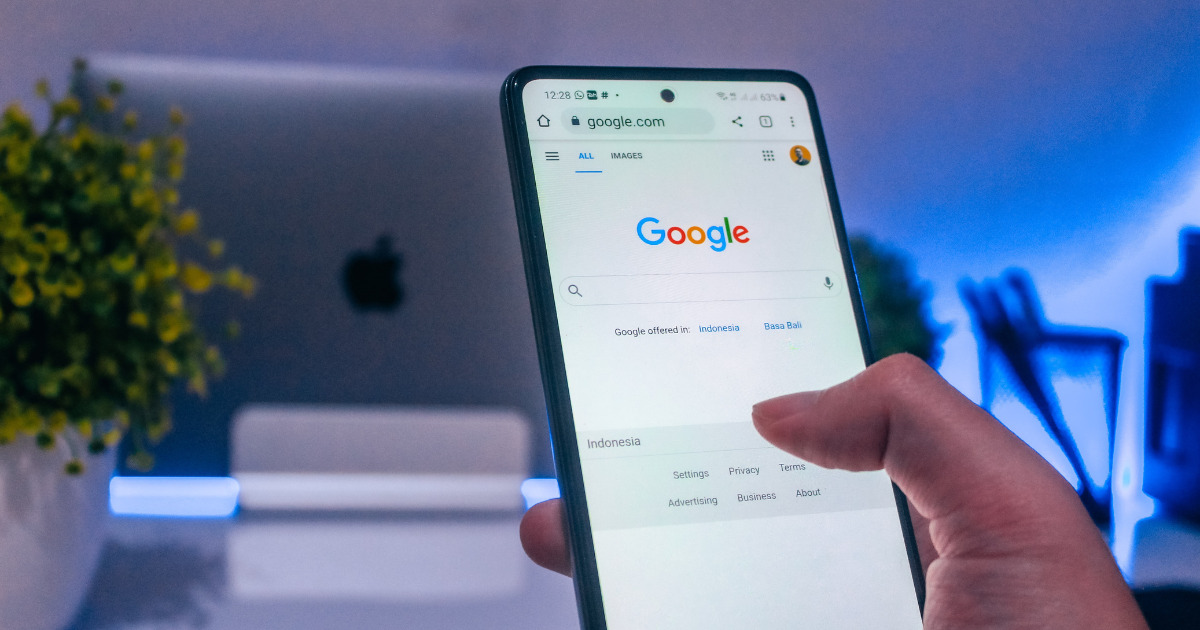“Analyzing and managing web advertising data manually has its limitations.”
“I want to focus on tasks other than ad management.”
Do you feel the same way?
With user behavior patterns becoming more diverse, manually analyzing data and managing ads efficiently has its limits.
Therefore, automation through machine learning is essential for the future of web advertising.
In this article, we will explain the machine learning techniques necessary for efficiently managing web ads while achieving results.
- What is machine learning?
- How machine learning works
- Structures optimized for machine learning
- Important points to consider when using machine learning
By implementing the insights from this article, you can achieve effective ad management while saving time.
This is a must-read for web ad managers. Be sure to read until the end.
Table of contents
What is Machine Learning?
Machine learning refers to the process where machines analyze and learn from data.
In ad management, this means collecting user data and taking the most effective actions for ad operations.
Below are some key features commonly used in machine learning for advertising:
- Automated Bidding
→ Automatically determines bid prices, strengthening ad delivery to high-performing target segments. - Ad Selection
→ Chooses the best-performing ad from multiple options for optimal distribution.
It is difficult for humans to fully grasp user behavior.
However, by leveraging machine learning, machines can collect data and take the most effective actions automatically.
These features are recommended for those looking to improve operational efficiency.
How Machine Learning Works
Machine learning extracts “patterns and rules” from collected user behavior data.
Once the machine learns user behavior, it can take optimal actions accordingly.
To improve machine learning accuracy, a large volume of “user behavior data” is required.
For example, the following data points can be used:
- “The region where the user searched”
- “The keywords the user searched for”
- “The device used for the search”
- “The time of the search”
The more data collected, the better the machine can optimize actions for users.
To gather data efficiently, it is important to set up an optimized account structure.
The next section will introduce an account structure that facilitates machine learning.
First, let’s understand the basic structure of search advertising.
Search Advertising Account Structure
Before learning about machine-friendly structures, let’s first understand the structure of search advertising.
Search advertising consists of the following four elements:
- Campaigns
→ Allows setting “ad distribution schedule,” “daily budget,” and “target locations.” - Ad Groups
→ Can be set within a campaign, allowing “bid adjustment” and “ad text configuration.” - Keywords
→ Enables setting search keywords. Keywords have options such as “match type,” “bid price,” and “custom URL settings.” - Ads
→ Allows setting the ads displayed to users, including “ad titles,” “descriptions,” and “destination URLs.”
Within a campaign, there are multiple ad groups, and within each ad group, multiple keywords and ad texts can be included.
Account Structure Optimized for Machine Learning
To create an account that is optimized for machine learning, it is essential to structure it according to the following key points.
Let’s go through each of these points one by one.
Structure 1: Limit the Number of Campaigns and Ad Groups
To create an account optimized for machine learning, it is important to limit the number of campaigns and ad groups.
The reason for this is to accumulate the necessary volume and variety of data required for machine learning.
If the number of campaigns and ad groups is too high, the data becomes fragmented.
When data is dispersed, the volume of data per ad group decreases, making data collection take longer.
Therefore, instead of increasing the number of campaigns and ad groups, it is crucial to keep them limited.
It is recommended to set up campaigns and ad groups based on the following criteria:
Criteria for Setting Up Campaigns and Ad Groups | |
Campaign | Ad Group |
|
|
Unless there is a special reason, avoid creating campaigns based on criteria other than those listed above.
Structure 2: Set the Optimal Number of Ads per Ad Group
Set an appropriate number of ads per ad group.
In the past, it was common practice to set multiple ads within a single ad group.
However, with advancements in machine learning, keeping ad groups simple has become the most effective way to achieve results.
Currently, Google and Yahoo! recommend the following number of ads per ad group:
Optimal Number of Ads per Ad Group | |
Responsive Ads | Expanded Text Ads |
1 ad ※ Set multiple “headlines” and “descriptions” | 1–3 ads ※ Set 1–3 high-performing ads |
Responsive ads allow advertisers to set multiple headlines and descriptions, automatically generating and displaying the most relevant ad based on the user’s search context.
By leveraging multiple ad copies and headlines set by advertisers, these ads can generate highly effective messaging tailored to users.
Setting multiple responsive ads within a single ad group can lead to data fragmentation, so it is recommended to limit it to one ad per ad group.
Additionally, regularly update and adjust headlines and ad copy as needed.
Structure 3: Add Intent-Matching Keywords
Include keywords with the “broad match” type in your ad group.
Match types determine how closely the user’s search query needs to align with the keywords set in your ads.
With broad match, ads can be displayed for a variety of search terms, including related phrases beyond the specified keyword.
Since broad match allows ads to be displayed for a wide range of search queries, it helps accumulate the necessary data for machine learning more quickly.
Expanding the match type of keywords set in your ads is crucial for effective data collection.
Machine Learning Configuration Examples
Here are some examples of account configurations we have implemented.
By implementing the following two strategies, we successfully improved the conversion rate (CVR).
- Creating the minimum necessary number of campaigns
- Adding “Micro CV” only to accounts where the expected number of CVs does not meet the number required for optimization
As a result of these measures, we achieved the following outcomes:
Results from Account Optimization | |
Improvements in Operation |
|
CVR Comparison Before and After Optimization | [Example 1] CVR 3.2% → 8.3% (Monthly Ad Budget: Tens of Thousands of Yen) |
[Example 2] CVR 4.1% → 12.9% (Monthly Ad Budget: Hundreds of Thousands of Yen) | |
Cautions for Machine Learning
While utilizing machine learning in ad operations is convenient, it is important not to rely on it completely.
This is because machines only function according to their programming.
Machines do not fully understand the strategies that advertisers have in mind.
As a result, they may take actions that do not align with the advertiser’s intentions.
Advertisers must not leave everything to machine learning but should consistently check whether the ads are being managed as intended.
If unintended operations occur, be prepared to implement countermeasures such as using manual bidding in combination.
[Summary] Build a Machine-Friendly Structure to Improve Advertising Efficiency
In this article, we explained how machine learning can be utilized to run ads efficiently.
In ad operations, machine learning refers to the process where computers analyze user information and take actions that are likely to lead to conversions.
For machines to learn effectively, it is essential to organize the ad account structure.
To optimize account structure, the following points are crucial:
However, since machines function strictly according to programming, they may take actions that do not align with the advertiser’s intentions.
Therefore, it is essential not to rely entirely on machines but to continually monitor ad performance.
That being said, structuring an account properly takes time, and it can be difficult to determine if it is optimized for machine learning.
Our company also provides ad management services.
As introduced in the configuration examples above, we have achieved successful results by optimizing accounts.
If you’re interested, feel free to contact us via the inquiry form below.




